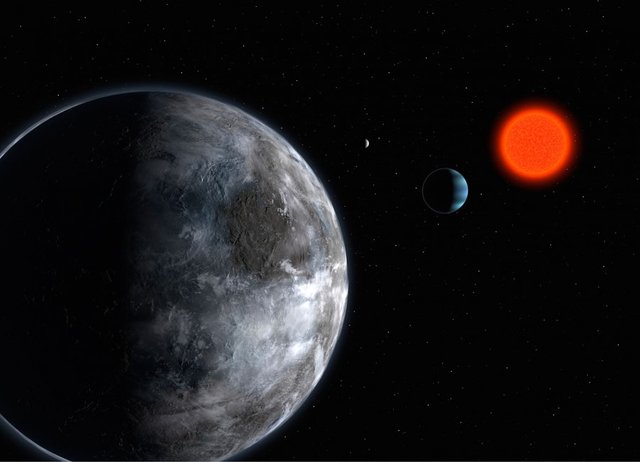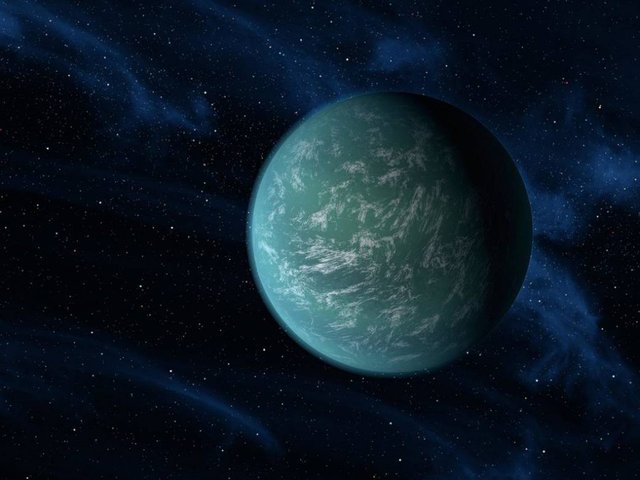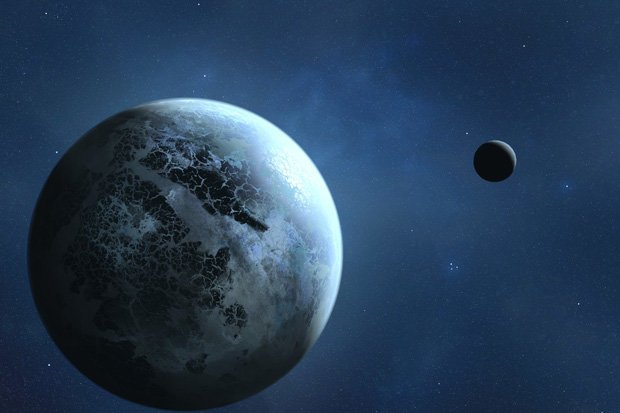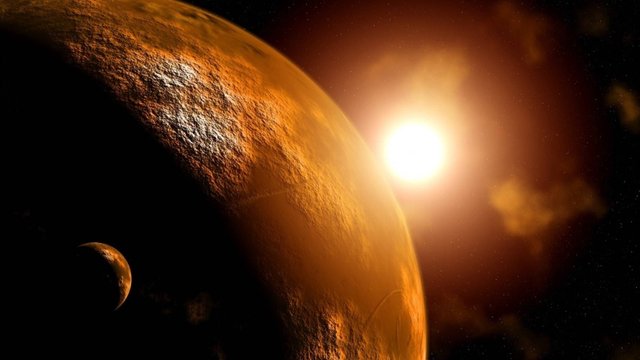Exoplanet K2-18b - Two new supertierras found at 111 light years
The so-called ‘Super-Earth’ exoplanet outside our solar system which known as K2-18b is a large rocky planet with the potential to support life. Researchers at the University of Toronto in Canada made the discovery by scouring data collected by the European Southern Observatory (ESO).

Both planets orbit K2-18, a red dwarf star located about 111 light-years away in the constellation Leo. When the planet K2-18b was discovered for the first time in 2015, it was found that it was in orbit within the habitable zone of the star, making it an ideal candidate to have liquid surface water, a key element to house the conditions of life as we know it.
The dataset used by Cloutier and other researchers came from the High Accuracy Radial Velocity Planet Searcher (HARPS) using the ESO's 3.6-metre telescope at La Silla Observatory, in Chile.
To find out if K2-18b was a scaled-up version of Earth (mostly rock), or a scaled-down version of Neptune (mostly gas), researchers had to first figure out the planet's mass, using radial velocity measurements.

When looking at K2-18b data, Cloutier noticed something unusual In addition to a signal occurring every 39 days from the rotation of K2-18, and one taking place every 33 days from the orbit of K2-18b, he noticed a different signal occurring every nine days.
"When we threw the data on the table, we tried to find out what it was about.You must make sure that the signal is not just noise, and you must analyze it carefully to verify it, but seeing that initial signal was a good indication that there was another planet," he says. Cloutier

The team carefully observed the radial velocity data on the K2-18b star, K2-18, to determine the planet's mass.
The radial velocity is based on the idea that the stars are not stationary, and that, on the other hand, they are influenced by the gravitational attraction of the planets around them. Therefore, the stars move a bit, changing the light spectrum of the star.
Although the newly described planet K2-18c is closer to its star, and probably too hot to be in the habitable zone, such as K2-18b, it also appears to be a Super-Earth, meaning it has a mass similar to the Earth.

https://es.wikipedia.org/wiki/K2-18b
http://www.excelsior.com.mx/global/2017/12/05/1205729
http://www.en.netralnews.com/news/currentnews/read/15961/researchers.identify.a.scaled.up.version.of.earth.that.could.host.alien.life